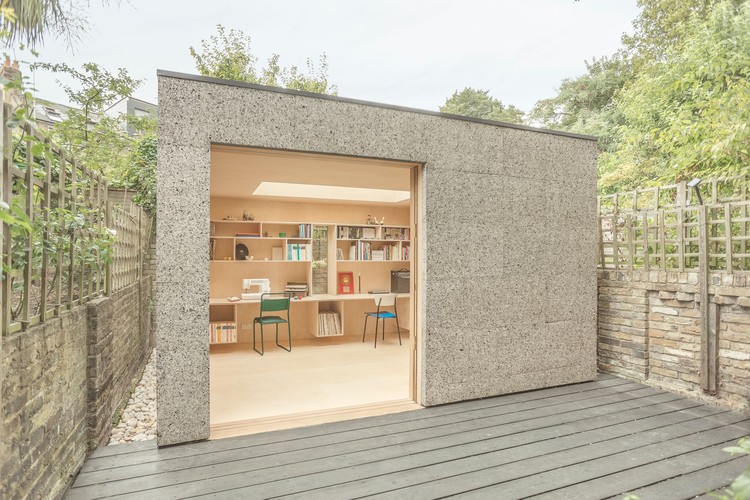
Sustainability. A word that, for many of us, has been driven into our minds from the very start of our careers as architects. We have a responsibility to the planet and future generations to design buildings that are socially conscious—from solar panels to triple-glazed windows, we have tried it all.
Ultimately, whether our designs are sustainable comes down to the early decisions we make for the building, with our choice of materials having a huge effect on the overall carbon footprint. With new technologies come new ways of incorporating abundantly found materials into the skin of the building that could reduce the building's embodied energy and enhance the structure's properties.
In this article, we have compiled a list of 8 familiar materials that you wouldn't initially associate with sustainability but which you might consider for your next design.
Hemp

Hemp is used in a natural, vapor-open walling and insulation material known as Hempcrete. Hemp hurd is wet-mixed with lime to make hempcrete for cast-on-site, or pre-cast, applications. Hempcrete has negative carbon emissions as a material and hemp itself is a renewable resource, grown worldwide with little demand on water, chemicals or fuel.
Cork

Cork is an emerging material that could be nature's solution to many of our environmental concerns. It is harvested by stripping the bark off of cork oak trees to be compressed and heated to become the cork we recognize as bottle stoppers and now cladding. The bark regrows, making cork a completely renewable material that is waterproof, an acoustic insulator and fire resistant.
Recycled Plastic

Much like in Hempcrete, recycled plastic can be ground up in concrete to reduce the material's overall weight while remaining just as strong. Using waste as an aggregate in cement thus prevents landfill clogging and can replace the conventional aggregate that would need to have been mined.
Grass
.jpg?1513682765)
Thatch is one of the oldest building materials known, however it is recently seeing a revival, particularly in Scandinavia. The air pockets within the straw are responsible for its insulation qualities, ensuring the building is warm in the winter and cool in the summer. At the same time, thatch is a biodegradable material that is easily harvested and grows plentifully.
Steel Dust

Giving another lease of life to what would have been otherwise wasted, steel dust can be used to create a concrete that can withstand more compression before breaking and is much more flexible than standard cement, potentially allowing it to resist earth movements caused by earthquakes or industrial activity. Patented by IronKast as Ferrock, another advantage of the material is its ability to absorb and trap carbon dioxide while it dries, resulting in a carbon negative process.
Wool

Used traditionally as insulation in the construction industry, adding wool and a natural polymer found in seaweed, to the clay of the brick increases the brick's strength by 37%. These bricks dry hard so there is no need to be fired like traditional bricks, reducing the embodied energy. Despite what may be thought, these bricks are more resistant to cold wet climates often found in Britain.
Ash

Another concrete alternative uses fly-ash (AshCrete), a by-product of burning coal, to replace traditional cement; this can create a concrete made up of 97% recycled materials and cuts costs dramatically. The addition of fly-ash into the mixture improves the strength and durability of the concrete while decreasing permeability, resulting in a long-wearing material.
Bonus Material: Corn

Used in the Ecological Pavilion by St Andre-Lang Architectes, the well-known vegetable fills the inside of the walls to act as insulation. Though this may not be the most practical solution, it demonstrates the possibilities that alternate materials can offer when a little imagination is used.

